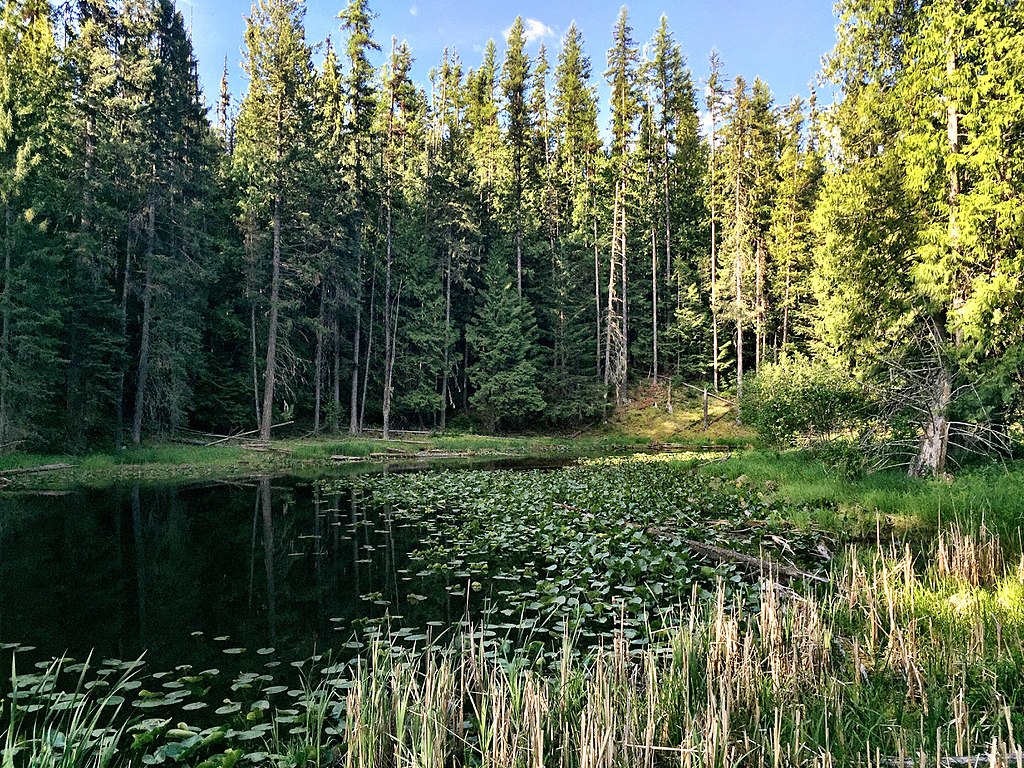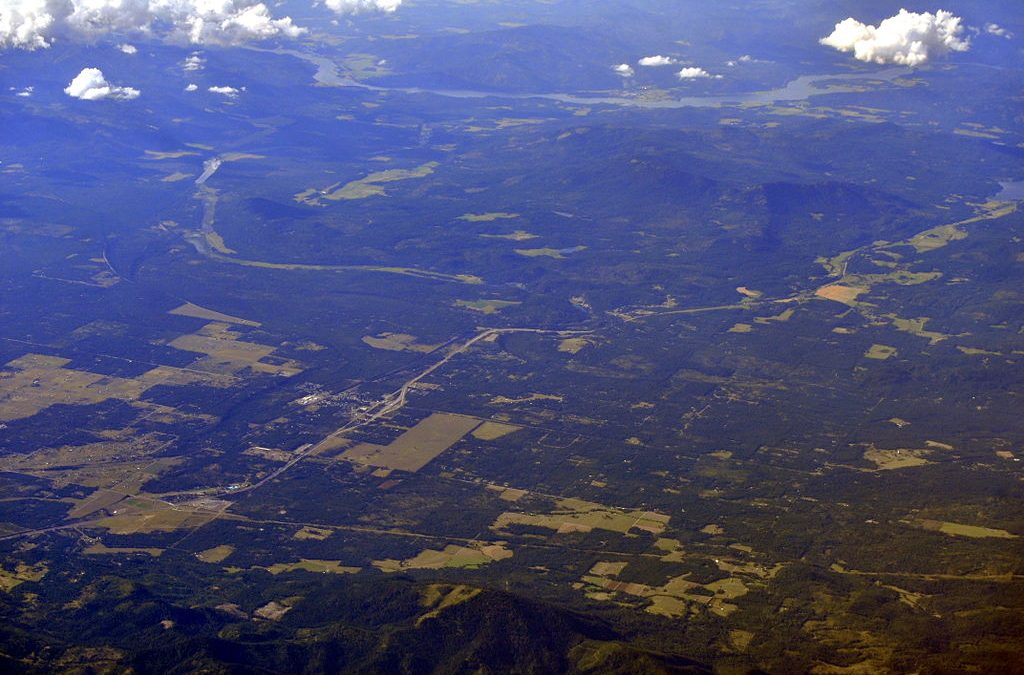Nestled in the heart of North Idaho’s rugged landscape, Cocolalla Lake is a living testament to the region’s natural abundance and cultural legacy. With its shimmering waters, diverse wildlife, and storied past, Cocolalla Lake stands as a symbol of the enduring connection between people and the land.
A Name Rooted in Depth and Heritage
The name “Cocolalla” is believed to derive from the Coeur d’Alene Salish language, with interpretations ranging from “very cold” to “deep water.” This etymology reflects both the physical characteristics and the mystique of the lake itself.
Located in Bonner County, Cocolalla Lake sits at an elevation of over 2,200 feet and spans approximately 805 acres, with a maximum depth of around 43 feet. Its shoreline stretches for 10 miles, offering ample space for recreation and reflection alike.
A Hub for Recreation and Adventure
Cocolalla Lake is a magnet for outdoor enthusiasts year-round. In the summer, the lake’s calm surface beckons anglers, boaters, and swimmers. Families and adventure seekers flock to its public boat launch and campground, taking advantage of opportunities for fishing, sailing, water skiing, and paddling.
The surrounding landscape, framed by northern Idaho’s mountains and wetlands, provides a striking backdrop for hiking, biking, and wildlife viewing. Nearby attractions such as Round Lake State Park, Farragut State Park, and the Silverwood Theme Park further expand the possibilities for exploration and fun.
When winter descends, Cocolalla Lake transforms into a wonderland for snowmobilers and ice fishermen. The lake’s reliable freeze offers a unique setting for “hard water” fishing, drawing visitors eager to test their luck with perch and other cold-water species. Its proximity to Schweitzer Mountain also makes it a convenient base for skiers and snowboarders seeking powdery slopes and alpine vistas.

A Rich History Carved in Ice
Beyond its recreational appeal, Cocolalla Lake holds a significant place in Idaho’s industrial history. In the early 20th century, the lake was at the center of a booming ice-harvesting industry. Before the advent of modern refrigeration, ice was a precious commodity, essential for preserving food during transport and storage.
The Cocolalla Ice & Fuel Company, established in the early 1900s, capitalized on the lake’s clear, deep water and convenient access to the railroad. Massive blocks of “blue ice” were cut from the frozen lake each winter, stored in icehouses, and shipped to cities as far away as Spokane and the East Coast.
The remnants of the old ice plant at the south end of the lake serve as a tangible reminder of this era, when the rhythms of winter dictated the pace of industry and community life. The legacy of ice harvesting is woven into the fabric of Cocolalla’s identity, connecting present-day visitors to a time when the lake was both a source of sustenance and a driver of economic growth.
Diverse Fisheries and Ecological Wealth
Cocolalla Lake is renowned among anglers for its diverse and productive fishery. The lake is regularly stocked with rainbow trout and westslope cutthroat trout, providing excellent opportunities for both novice and experienced fishermen. Brown trout and brook trout, once introduced from hatcheries, now spawn naturally in the lake’s feeder streams. It’s not uncommon for anglers to land brown trout measuring 20 inches or more.
The lake also supports a vibrant warm-water fishery, with largemouth and smallmouth bass, yellow perch, crappie, and even channel catfish. The latter are especially popular during the warm summer months, when night fishing on the lake’s bottom yields rewarding catches. The Idaho Department of Fish and Game maintains a public access site on the north shore, ensuring that the lake remains accessible to all who wish to experience its bounty.
A Place of Solitude and Community
Despite its wealth of recreational opportunities, Cocolalla Lake retains a sense of tranquility and seclusion. It is less crowded than neighboring Lake Pend Oreille, making it a favored destination for those seeking solitude or a slower pace of life. The community of Cocolalla, situated on the lake’s south shore, is unincorporated and maintains a rural charm that echoes the area’s pioneer roots.
For many, Cocolalla Lake is more than a destination—it is a way of life. Whether casting a line at dawn, paddling into a misty sunrise, or simply watching the seasons change, visitors and residents alike find renewal in the lake’s deep, reflective waters.
Legacy and Renewal: Cocolalla Lake’s Enduring Story
Cocolalla Lake’s story is one of resilience and transformation. From its early days as a gathering place for Indigenous peoples to its era as a hub for the ice trade, the lake has continually adapted while preserving its unique character.
Today, it stands as a cherished destination for recreation and reflection, connecting generations through its enduring landscape and rich history. The traditions, memories, and natural beauty of Cocolalla Lake continue to inspire those who visit its shores, ensuring its legacy endures far into the future.

